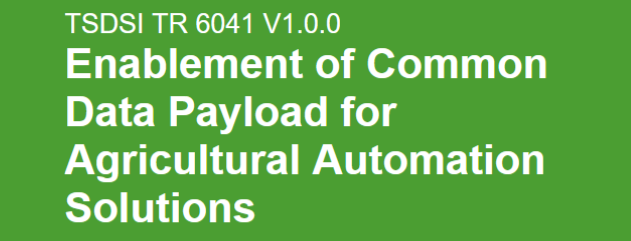Speaking ahead of Mobile World Congress – which will showcase the latest in mobile technology – Dr. Omar Elloumi (Nokia corporate CTO group) said the full potential of IoT could only be realised if service providers and vendors alike look at it as a customer-centric opportunity while remaining focused on the bigger picture.
Without this, according to Dr. Elloumi, IoT growth will be stunted and the market will become heavily fragmented, leading to security issues and vendor lock-in.
“According to the 2015 McKinsey report ‘Unlocking the potential of the Internet of Things’, interoperability will unlock 40 per cent of IoT revenue – that alone shows just how damaging launching products could be without carefully considering interoperability,” said Dr. Elloumi. “The time required to create globally harmonized standards can create frustration for many of us, but this is nothing compared to the frustration consumers and industries will experience if their newly installed IoT system requires multiple controls for multiple devices and actually complicates their lifestyle or operations rather than simplifies it.”
Security is another major obstacle that detailed and well-documented specifications can overcome, continued Dr. Elloumi, with security functions covering identification, authentication, authorisation, security association, sensitive data handling and administration. There is a large variety of deployment scenarios to take into account, involving any type of device, meaning multiple modular authentication and provisioning options and cost-optimized security according to operational requirements.
This is one area which oneM2M has addressed by developing globally recognized technical specifications which tackle the need for a common IoT Service Layer that can be readily embedded within various hardware. Seamless interworking with multiple protocols, such as OMA LWM2M, OIC and AllSeen is another area where oneM2M provides a significant value proposition to resolve the interoperability issue.
Dr. Elloumi concluded: “The IoT is still a nascent market. The ability to spin up a new solution can be quite daunting; there is a lot of effort involved in integrating a complete solution especially if you have to deal with legacy systems; this is the case for smart cities in particular. Standards-based solutions give you an eco-system of multiple solution providers which is the only way to ensure multi-vendor interoperability and supplier choice and, therefore, deliver on the actual promise of IoT.”
About oneM2M
oneM2M is the global standards initiative that covers requirements, architecture, API specifications, security solutions and interoperability for Machine-to-Machine and IoT technologies. oneM2M was formed in 2012 and consists of eight of the world's preeminent standards development organizations: ARIB (Japan), ATIS (North America), CCSA (China), ETSI (Europe), TIA (North America), TSDSI (India), TTA (Korea), and TTC (Japan), together with six industry fora or consortia (Broadband Forum, Continua Alliance, GlobalPlatform, HGI, Next Generation M2M Consortium, OMA) and over 200 member organizations. oneM2M specifications provide a framework to support applications and services such as the smart grid, connected car, home automation, public safety, and health. oneM2M actively encourages industry associations and forums with specific application requirements to participate in oneM2M, in order to ensure that the solutions developed support their specific needs. For more information, including how to join and participate in oneM2M, see: www.onem2m.org.
PR Contact
Michelle Mahoney
This email address is being protected from spambots. You need JavaScript enabled to view it.
+44 (0) 1636 812 152



